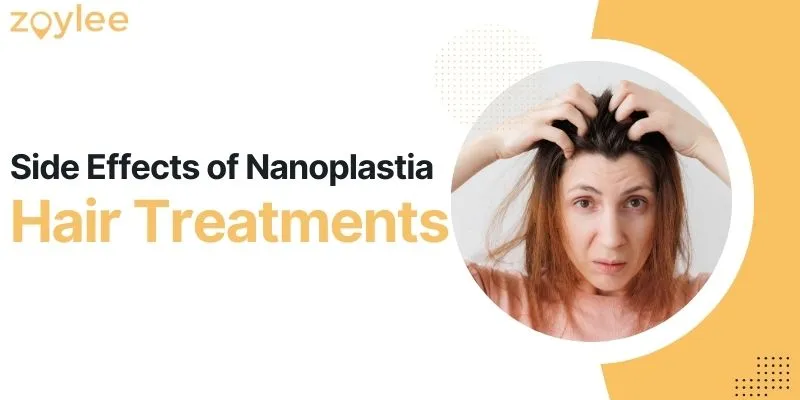
Nanoplastia hair treatment has gained popularity for its promise of silky-smooth, frizz-free locks. While it’s generally safe and effective, it’s essential to be aware of potential side effects that may arise, as with any hair treatment. Understanding these side effects can help you make an informed decision and ensure a positive experience with Nanoplastia. In this comprehensive guide, we’ll delve into the possible side effects associated with Nanoplastia, empowering you to navigate your hair care journey with confidence and caution.
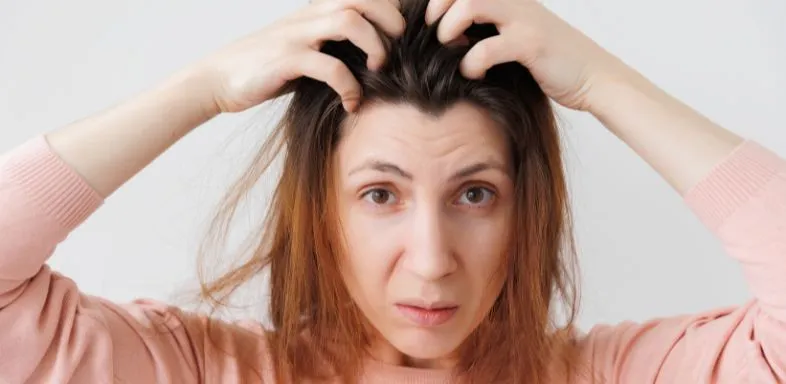
This is the most common side effect, occurring in some individuals due to the presence of chemicals in the nanoplastia solution. It can manifest as:
If you experience any of these symptoms, discontinue use immediately and consult a dermatologist or the stylist who performed the treatment.
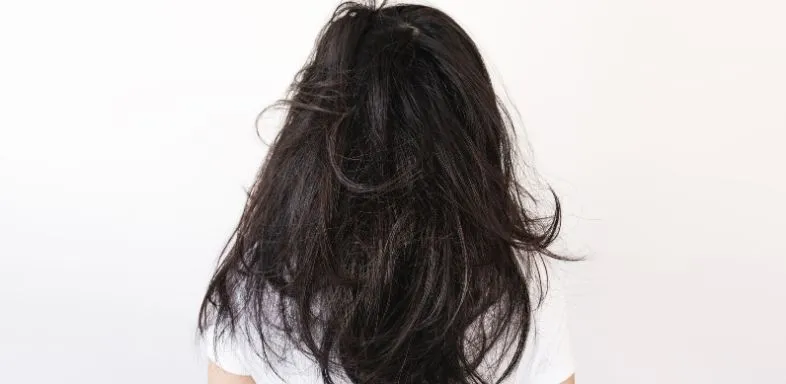
While the treatment aims to improve hair health, improper application or excessive use of heat during the process can potentially damage hair, leading to:
To minimize this risk, choose a qualified stylist with experience in Nanoplastia and follow their aftercare instructions carefully.
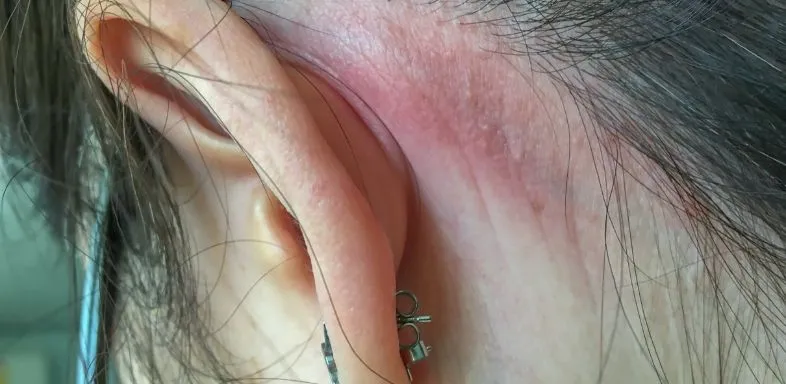
Although rare, some individuals might be allergic to specific ingredients in the nanoplastia solution. It’s crucial to perform a patch test before the full treatment to check for potential allergic reactions.
Symptoms of an allergic reaction may include:

In some cases, the treatment may leave hair feeling excessively dry, especially if your hair is already prone to dryness. This can be mitigated by:
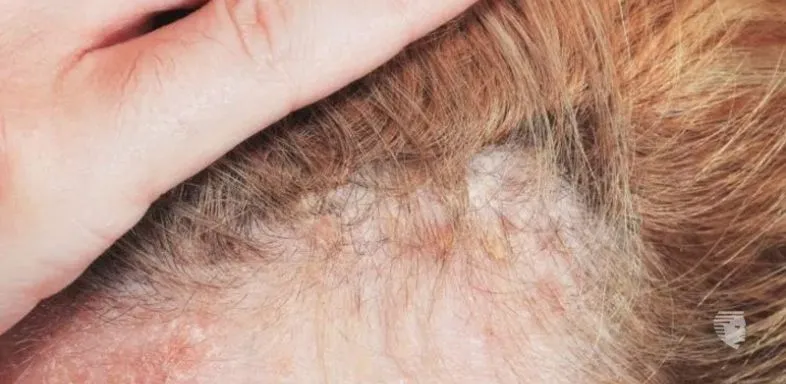
Credit: advancedhairstudiouae
Note: Women who use chemical hair straighteners and relaxers may have a higher risk of uterine cancer, according to a new study from researchers at the US National Institutes of Health (NIH)
While Nanoplastia hair treatment offers the allure of sleek, manageable hair, it’s crucial to recognize the potential side effects it may entail. From scalp irritation to alterations in hair texture, being informed about these possibilities is key to ensuring a safe and satisfying experience. By prioritizing safety, consulting with qualified professionals, and closely following aftercare instructions, you can mitigate the risk of adverse effects and enjoy the benefits of Nanoplastia with confidence. Remember, your hair health matters, so proceed with care and consideration for the best possible outcome.
Yes, Nanoplastia is good for hair, offering the promise of smooth, frizz-free locks. However, like any hair treatment, it’s essential to consider potential side effects and individual suitability. Some possible side effects include scalp irritation, hair damage or breakage, allergic reactions, alteration of hair texture, excessive dryness, and even burns on the scalp.
The choice between Nanoplastia and keratin treatments depends on individual hair type and desired results. While Nanoplastia focuses on restructuring and straightening hair with the help of nanoparticles, keratin treatments primarily aim to smooth and strengthen hair using keratin protein.
Nanoplastia treatments primarily focus on improving hair texture and appearance rather than stimulating hair growth.